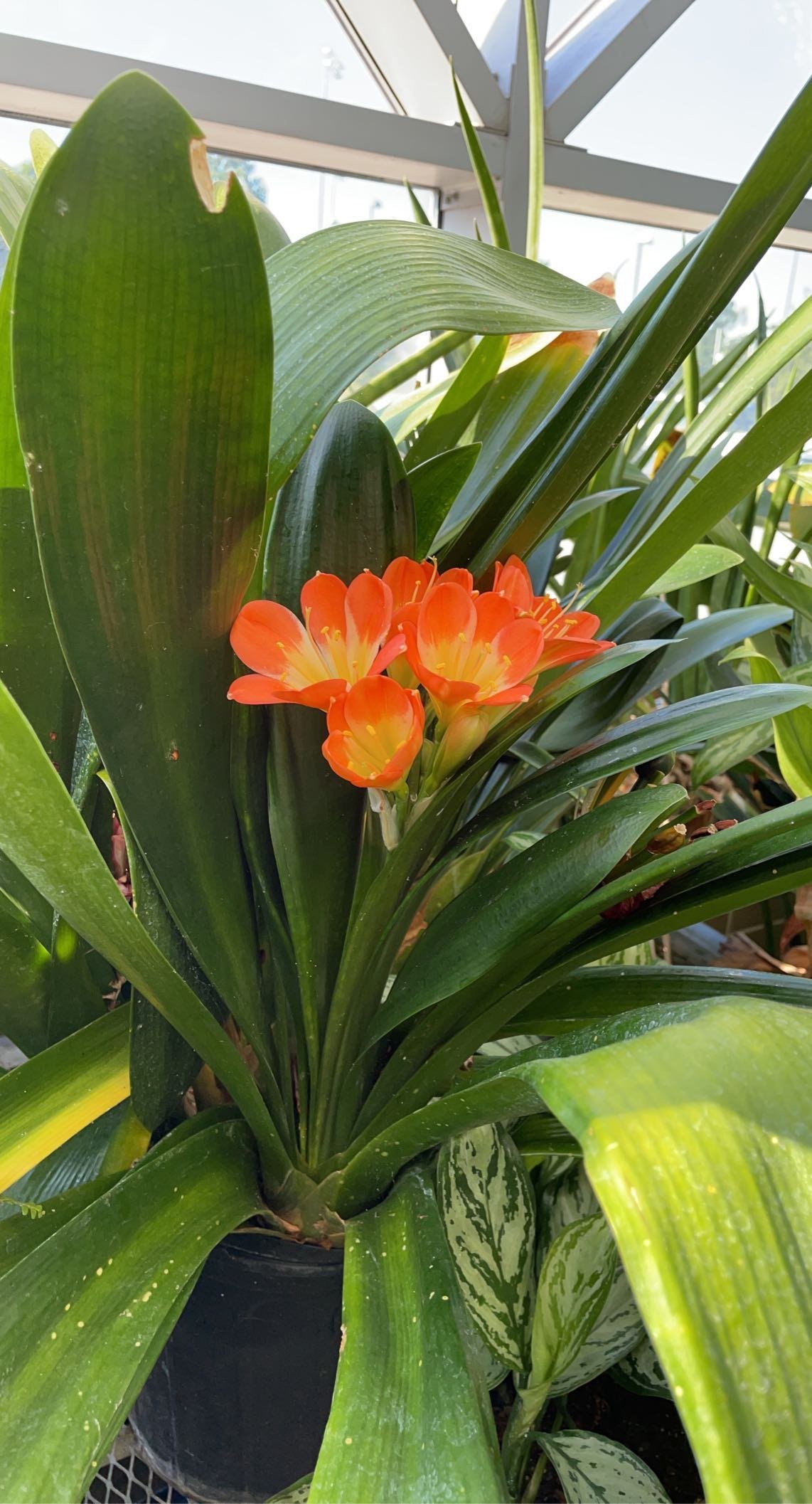Donnelly Greenhouse is a Hidden Campus Sanctuary
Plants thriving in the Greenhouse. Photo by John Mesaros '23
It was serendipity that John Mesaros ‘23 became manager of the Donnelly Greenhouse.
“I was studying for my geology class when the previous greenhouse crew walked into the classroom,” Mesaros said. “Immediately after I struck up a conversation with them, they asked me if I was going to be around for the summer.”
Mesaros visits the greenhouse every few days, working with Emma Butzler ‘22 to maintain the greenhouse plants. They ensure the plants are healthy, watered and have enough space to grow.
Despite the care put into the greenhouse, it is somewhat of a secret garden on campus. The main entrance to the greenhouse is through a classroom in the basement of Donnelly. There are two outer doors that lead into the Donnelly parking lot, but they are generally locked for safety reasons.
The greenhouse was added to Donnelly when the building was renovated in 1989. Dr. William T. Perrotte, a former biology professor, encouraged the architect to build the greenhouse due to his hope to pass his love of botany to his students. The space was dedicated to Perrotte when he passed away in 1991 because of his commitment to studying the environment.
Perrotte helped plan the designs for the greenhouse with painstaking care. He had special windows installed that are on controlled thermostats so the temperature in the greenhouse will remain warm enough for the plants. He also found specific sinks that would water the plant roots and then installed another type of sink to water the plants normally.
With the special additions to the greenhouse, students like Mesaros can practice caring for the plants in a controlled environment in which the plants have the best chance at flourishing.
Realizing this, environmental science professor, Dr. Richard Feldman, encourages all of his students to get involved in the care for the greenhouse to get both field experience and to learn leadership skills.
Photo by John Mesaros '23
“Students who work in here will benefit from becoming familiar with the diversity of cultivated plants and getting familiar with different species that need to grow in a greenhouse environment,” Feldman said.
Butzler and Mesaros are learning firsthand the responsibility of caring for a space like the greenhouse. Each time Mesaros visits the greenhouse, he looks if he needs to sweep the floor, checks if the plants seem healthy and waters all of the plants twice.
Recently, he has been cutting back the plants as much as possible in hope of eventually thinning out the number of plants in the greenhouse. Over the summer, he was able to get rid of dozens of plants.
“Keeping them in such close proximity to one another hurts airflow and helps disease spread, similar to factory farming,” he said.
Feldman agrees with Mesaros in the need to decrease the amount of plants in the small space. Last year, Feldman even went to the deans of the science department for permission to hold a plant giveaway before winter break.
Butzler and Mesaros are entirely independent in their responsibility for the greenhouse. They are currently dealing with a bug problem in which the only sign of the microscopic bugs are the white eggs on many of the plant's leaves. Since the bugs are too small to see, they are not sure how to solve the problem.
“We have to figure out what to do with the plants,” Mesaros said. “ We don’t really have anyone to ask.”
They are considering using ladybugs as a natural predator to get rid of the unwanted bugs. As opposed to pesticides, it is a noninvasive tactic to let nature fix nature, something they read about in Rachel Carson’s Silent Spring.
“It makes me feel good to see new growth and to see plants that were struggling overcome any setbacks,” Mesaros said.
A few environmental science classes take advantage of the space. There is specific space set aside for classes to perform experiments. Feldman is helping one of his introductory classes test how specific plants hinder the growth of other plants.
As for the rest of the plants in the Greenhouse, they were not chosen for any scientific or educational reason. Many of the plants are there for students to be exposed to tropical plants that are not naturally found in the Hudson Valley.
Feldman is speaking with the deans about expanding use of the space within the next five years. He hopes more environmental science classes will be able to conduct research in the greenhouse.
“It’s a little sanctuary, but it’s sad it’s so secluded,” Mesaros said.

